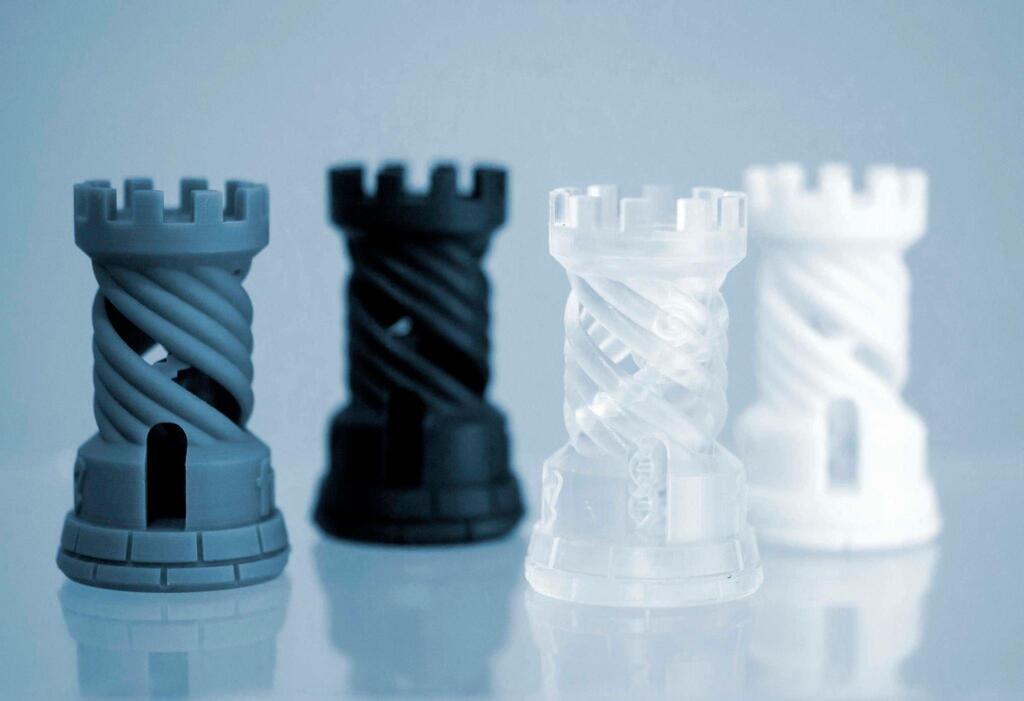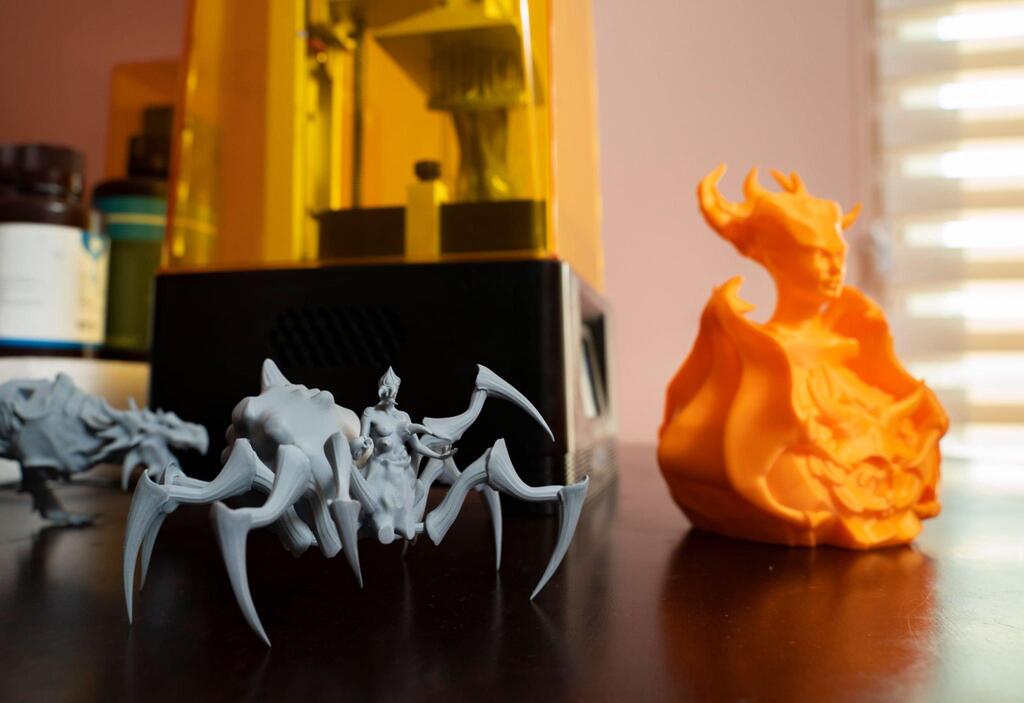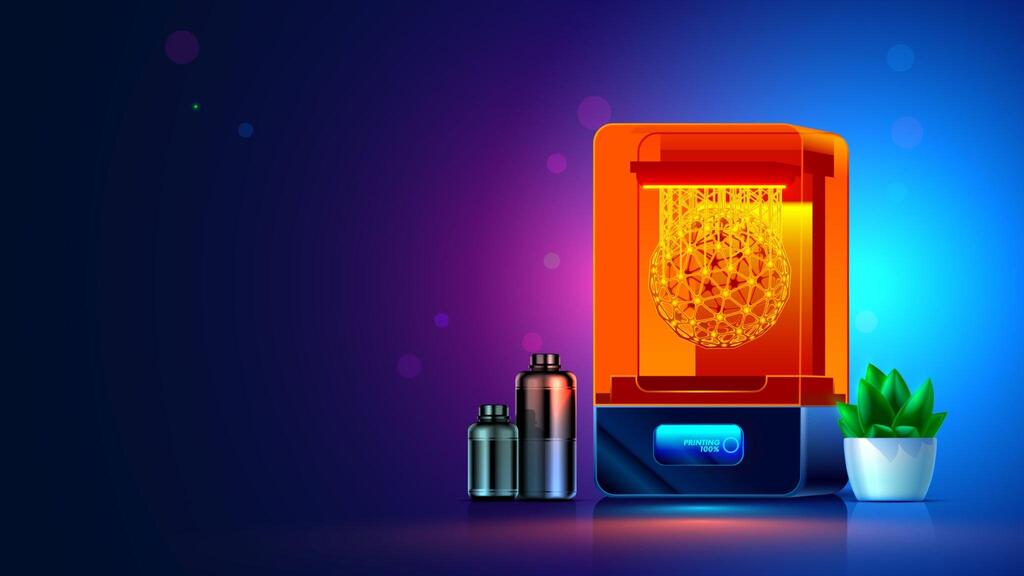The landscape of manufacturing and hobby crafting has evolved considerably with the advent of 3D printing technologies. Among these, resin 3D printing has emerged as a popular choice for those seeking high-resolution, intricate details in their prints. Whether you’re new to the world of additive manufacturing or looking to delve into the specifics of this method, this article will serve as a primer on the basics of resin 3D printing.
What is Resin 3D Printing?
Resin 3D printing, often known as stereolithography (SLA), employs ultraviolet (UV) light to cure and solidify photopolymer resin layer by layer, thereby forming a solid object. Unlike the more common Fused Deposition Modeling (FDM) printers, which melt and extrude plastic filament, resin printers work with a liquid base. This liquid base, when exposed to the right amount of UV light, undergoes a chemical reaction to become solid.
Core Technologies in Resin 3D Printing
SLA (Stereolithography)
This is the pioneer of resin 3D printing technologies. An SLA printer uses a laser to trace and solidify each layer of the design in the resin vat.
DLP (Digital Light Processing)
Rather than using a laser, DLP utilizes a digital projector screen to flash a single image of each layer across the entire platform at once.
MSLA (Masked Stereolithography)
It’s a variant of DLP but uses LCD panels combined with LED lights to cure the resin.
Each technology has its strengths and suits different applications, but they all revolve around the principle of using light to solidify liquid resin.

Benefits of Resin 3D Printing
High Resolution
Resin printers are known for their ability to achieve intricate details, making them ideal for jewelry, dental models and miniatures.
Smooth Surface Finish
The output is typically smoother compared to FDM prints, requiring less post-processing.
Material Versatility
There are various resins available, from flexible and tough resins to castable or even biocompatible ones.
Challenges and Considerations
Material Handling
Resins can be messy and sometimes toxic. Proper handling, including wearing gloves and working in a well-ventilated space, is essential.
Post-processing
While the surface is smoother, post-curing under UV light is often necessary to achieve the final properties of the print.
Cost
Generally, resin printing can be more expensive than FDM, both in terms of the printer and the material.

Applications of Resin 3D Printing
Jewelry
Given its precision, resin 3D printing has found a niche in jewelry making, especially for intricate designs and casting molds.
Dental and Healthcare
The ability to produce patient-specific dental implants or orthodontic devices has revolutionized personalized healthcare.
Prototyping
Many industries utilize resin 3D printing for detailed prototyping, allowing for quick design iterations and testing.
Art and Sculpture
Artists now have a tool that can achieve unparalleled detail, pushing the boundaries of what’s possible in sculptural forms.
How to Get Started with Resin 3D Printing
If you’re considering diving into resin 3D printing, here are a few steps to guide you:
Choosing the Right Printer
Budget: Resin printers range in price, with entry-level models available for hobbyists and more expensive, professional-grade machines for industrial use.
Print Size: Decide on the size of the objects you’re interested in printing. Some printers have a larger build volume than others.
Resolution: If you require extremely detailed prints, ensure the printer’s resolution capabilities meet your needs.
Reliability & Reviews: Read user reviews and seek recommendations from the 3D printing community.
Setting Up Your Workspace
Ventilation: Working with resins can produce fumes. Ensure your workspace is well-ventilated to maintain safety and comfort.
Safety Equipment: Always have nitrile gloves, safety goggles, and perhaps even a lab coat or apron. Resin can be messy and sometimes toxic.
Organization: Arrange tools like spatulas, scrapers, and UV lights systematically. Keeping an organized workspace can streamline the post-printing process.
Disposal: Have a system for disposing of used resin, cleaning agents, and failed prints safely and responsibly.

Selecting the Right Resin
There are numerous resin types available:
Standard Resins: Suitable for general printing and come in a variety of colors.
Tough Resins: For parts that need to be more durable and withstand stress.
Flexible Resins: For prints that require a certain degree of flexibility.
Specialized Resins: This includes castable resins for jewelry, dental-specific resins, and even high-temperature resins for specific applications.
Learning the Software
Just like the printer, the software is vital. Most resin printers have proprietary software, but there are general options available too:
Slicing Software: This software takes a 3D model and “slices” it into the layers the printer will print. Here, you can adjust print resolution, supports, and other parameters.
Design Software: If you’re interested in creating custom designs, learning a 3D modeling software like Blender, Tinkercad, or Fusion 360 is invaluable.
Printing and Post Processing
Leveling the Build Plate: This is crucial for print success. Ensure the build plate is level to the resin vat for optimal adhesion.
Adding Supports: Most models will require supports to print correctly. These prevent the model from warping or failing during the print.
Cleaning: After printing, it’s essential to clean the print with isopropyl alcohol or another suitable cleaning solution to remove uncured resin.
Post-Curing: Using UV light, further cure the print to achieve its final hardness and properties.
Finishing: Sanding, painting or assembling your prints might be necessary, depending on the project.
Conclusion
Resin 3D printing is a dynamic and rapidly evolving field, offering a unique combination of precision and versatility. While it comes with its own set of challenges, the potential applications and results can be truly rewarding. As technology advances and becomes more accessible, we can only expect even more innovation and creativity from this domain. Whether you’re a professional seeking unparalleled detail or a hobbyist looking to experiment, resin 3D printing is a journey worth embarking on.

